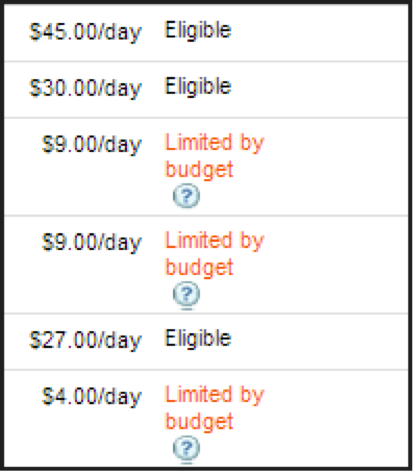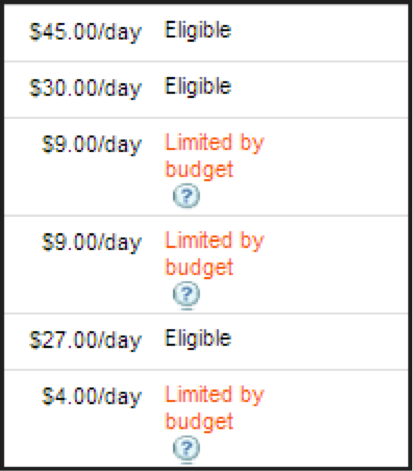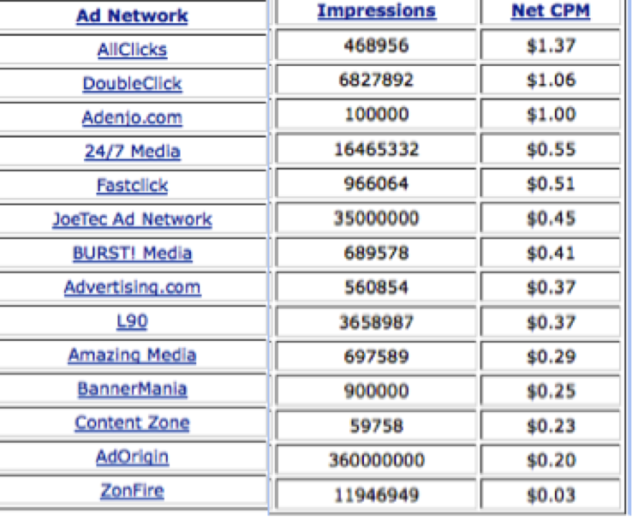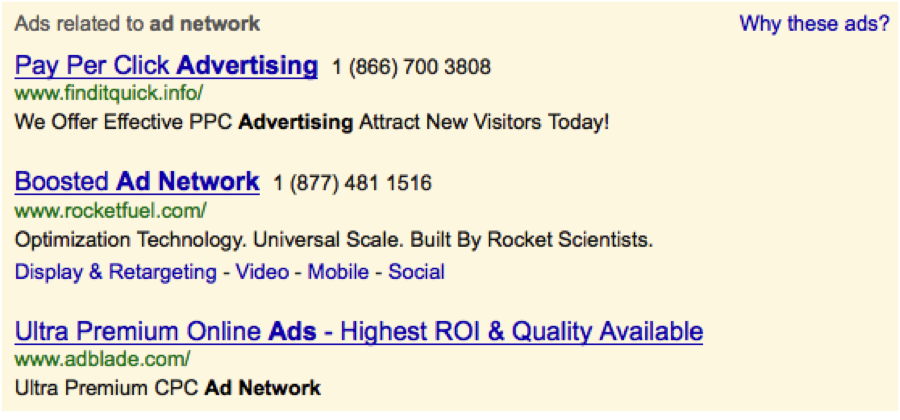Sites like Bing, Google, and even Facebook have done a great job making advertising available for everyone. There is huge potential in all three of them for profit, if done correctly. The big ad networks are nice because people recognize the names, they’ve heard stories about people who have gotten rich off of AdWords, and they are stable.
These big players are a big part of the paid marketing show, but they aren’t the whole show. Great opportunities lie outside of Google, Facebook, and Bing in smaller ad platforms that a lot of marketers miss because they are not looking. If you are going to take your SEM efforts to the next level, dealing with smaller niche ad networks will be part of that process.
When Should I Use Them?
All of my clients start with AdWords. It’s a name that they are at least somewhat familiar with, and they feel comfortable with that. Once the AdWords campaign is inline (in other words profitable), I look for a campaign to reach a point where it is not hitting its daily budget limit consistently anymore. Consistency does not mean you were below your maximum ad spending two days in a row. Consistency is over the course of three weeks minimum. That means that you have grown your budget hopefully to a point where you are getting conversions, but for all intents and purposes have hit the limit with those keywords.
Now you have a choice that will require you to rely on your experience & knowledge of the market. You can look for new keywords that convert well for you, and unless you have a wish list of keywords that you’ve been waiting to add to campaigns, you will have to spend some time dialing the new ones in just like you did the first time. Your other option is to look into other ad networks, use the same keywords/ customer profile & catch your customers at a different point in the conversion funnel.

How Should I Use Them?
In a word: cautiously. Remember we are only using the part of the budget that you are not using with the big platforms. I have seen people get caught up in the average cost per click compared to AdWords. Sites like AdEngage.com boast numbers as low as $.01/per click. This is all well and good, but before you change your entire budget over to Ad Engage to chase those extra cheap clicks, make sure they are profitable!
Remember at the end of the day, the goal of PPC is to make money, not pay the least for a click. Other than that I encourage a little experimentation when it comes to banner ads vs. in-text ads vs. out of text ads. Find what works best for your business, and the most effective way to reach customers. However, always make sure that your steady friend AdWords is still running well & the overall pay-per-click effort is still profitable.
How Should I Pick An Ad Network?
The first thing to look at is where your ads will be served. If you are a home improvement company, it will do you very little benefit to go with a network that caters to mostly accounting websites.
The second thing to keep in mind is targeting: how are you able to target your ads? Is it demographic bidding? Can you manage the placements site by site? Is it keywords? Look for the combination that best serves your needs. If your product is for a very specific group of people, then broader networks probably aren’t for you. If you offer a product that spans a lot of different demographics like clothes, you may want to consider a broader option that has a few less targeting options. Then look at the CPC and the impressions they get each day.
Where Can I Find An Ad Network That Fits My Business?
Simply search for the term “Ad networks” and you will find plenty of businesses, some which even use AdWords to promote their own ad network. If you want to narrow the results ad qualifiers like “ad networks for accountants” or “ CPM ad networks” depending on your needs. There’s an ad network out there for just about everyone. Look at your competitors, use some competitive intelligence tools & see if they are advertising places other than Google.
When it Goes Right!
One of the companies I’ve worked with provides project management software; as all my clients do, they began with AdWords. In a short amount of time their budget had grown to $55,000 a month with roughly 38 conversions a day, paying about $6/ per click and an average $45/conversion (valued at $100 a conversion). However, they were only spending $50,000 out of their $55,000 budget.
Once this became a consistent trend, we decided to move that unused $5,000 budget to another ad network. Using the information we had on our target audience from the last campaign, we were able to buy clicks at an average of only $4.68 a click, equaling $35 a conversion.
The end result? We added an extra $13,650 in net profit in the first month!
Author Favorites
- Adblade – Offers more than just banner ads, advertises on premium sites.
- Rocketfuel – Some of the best targeting available, they focus specifically on a few industries.
- Thedigitalpartnership – Great for b2b products, targets decision makers.
That’s the basics behind niche ad networks, they are varied & complex so best practices will be different for each. Smaller ad networks can be a tremendous boost to a sites’ traffic, and in certain situations can even be more profitable than AdWords. However they should be used with caution after you are comfortable with the bigger networks and you are seeing a healthy steady return from them. At the end of the day, it’s about staying profitable and reaching your customers.
Chris Kent is an independent consultant based out of Memphis, TN. You can catch him blogging about PPC & SEO strategy at kentkinetic.com or tweeting @Chriskent12






